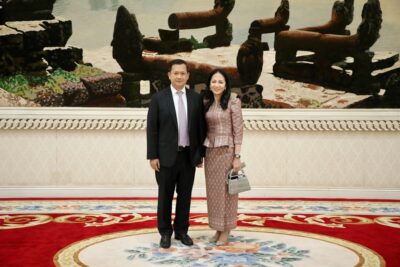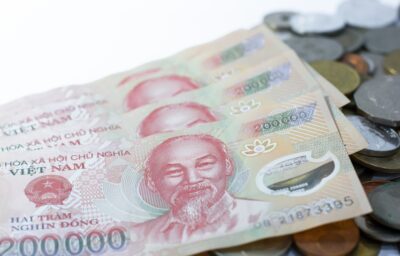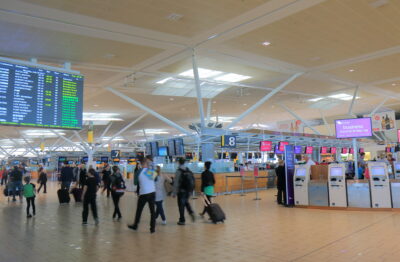Philippine government reveals 8-point agenda to boost economy
The National Economic and Development Authority (NEDA) is revealing the country’s development blueprint for next year until 2028 by the end of this year

There has been a decline in the Philippine government’s accumulation of new borrowings, but it is still not enough for economic growth to surpass the rise in debt, BusinessWorld reports.
The economy expanded at a rate of 7.4 percent in Q2 2022, down from 8.2 percent in the first quarter. However, the economic growth average for the first half of 2022 reached 7.8 percent, which was above the government’s 6.5 to 7.5 percent target for the entire year.
By the end of Q2, the debt-to-GDP ratio stood at 62.1 percent, which was above the 60 percent threshold. It also reflects the amount of debt incurred since the end of 2019 when the ratio was only at 39.6 percent.
Meanwhile, Philstar.com reported that the National Economic and Development Authority (NEDA) is planning to reveal the country’s plans to unveil the development blueprint for next year until 2028 by the end of this year.
More: The Philippines works towards attracting more FDIs
According to NEDA Undersecretary Rosemarie Edillon, the upcoming Philippine Development Plan (PDP) will focus on economic transformation to achieve prosperity, inclusiveness, and resilience.
After President Marcos mentioned that his administration would bring poverty down to nine percent and bring the nation to “upper-middle class status” by 2024 by the end of his term in his first State of the Nation Address (SONA), his team immediately revealed an eight-point agenda focusing on achieving his administration’s goals, while exercising fiscal discipline, according to the Philippines News Agency.
These are geared toward various aspects of the economy, including mitigating socioeconomic scarring; reducing transport and logistics costs; strengthening social protections; ensuring sound macroeconomic fundamentals by enhancing bureaucratic efficiency; creating more jobs by increasing employability; improving infrastructure, and achieving energy security; and encouraging research and development and innovation.
The Property Report editors wrote this article. For more information, email: [email protected].
Recommended
Why everyone is moving to Selangor and Johor: Malaysia’s real estate comeback
Malaysia’s upturn in fortunes is especially prevalent in secondary destinations such as Selangor and Johor
Penang’s silicon boom: How the US-China tech war is supercharging local real estate
Penang’s booming semiconductor industry has created ripples within the local real estate sector
New leader, new opportunities: How Hun Manet is shaking up Cambodia’s real estate game
Hun Manet is overseeing decent economic growth and widening access to the country’s real estate market for foreigners
Singapore embraces inclusive housing reforms amid resilient demand
The Lion City’s regulatory strength continues to exert appeal for international investors








